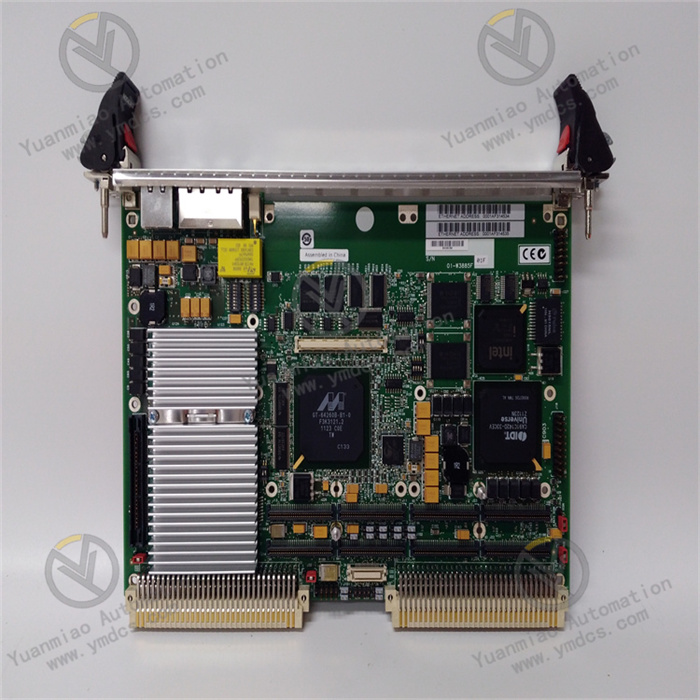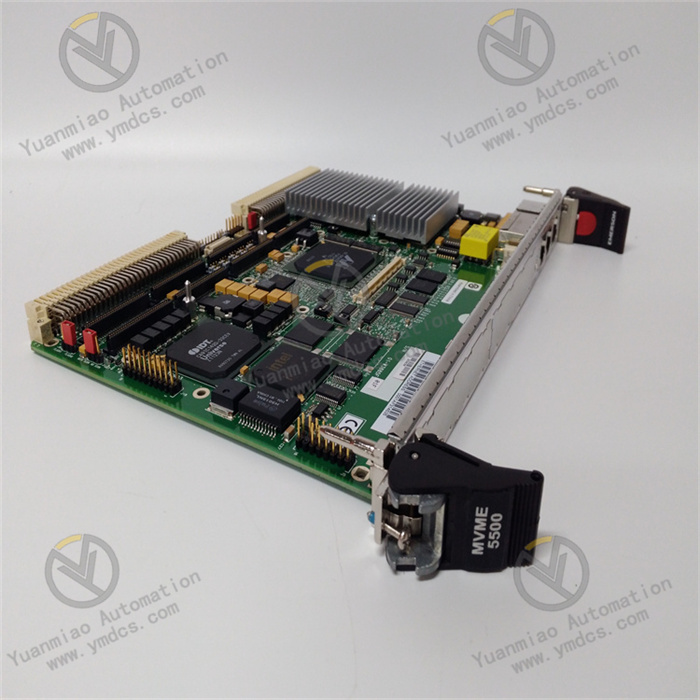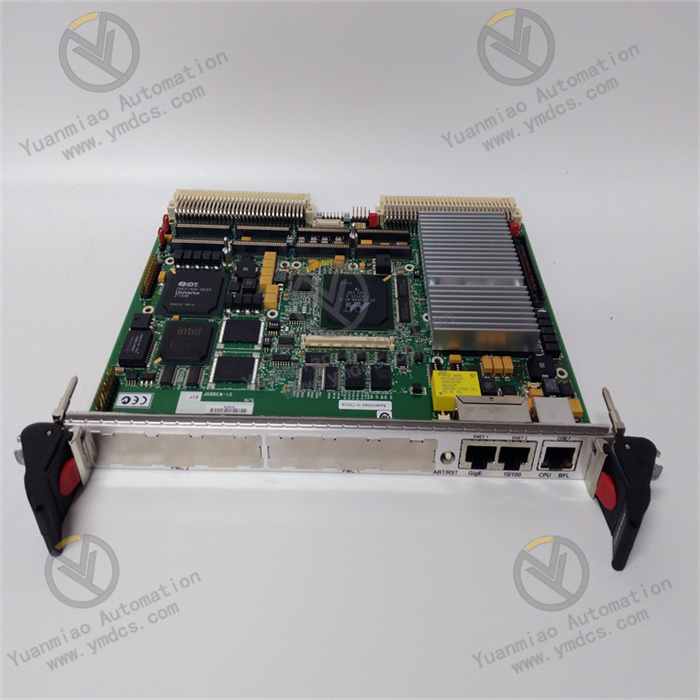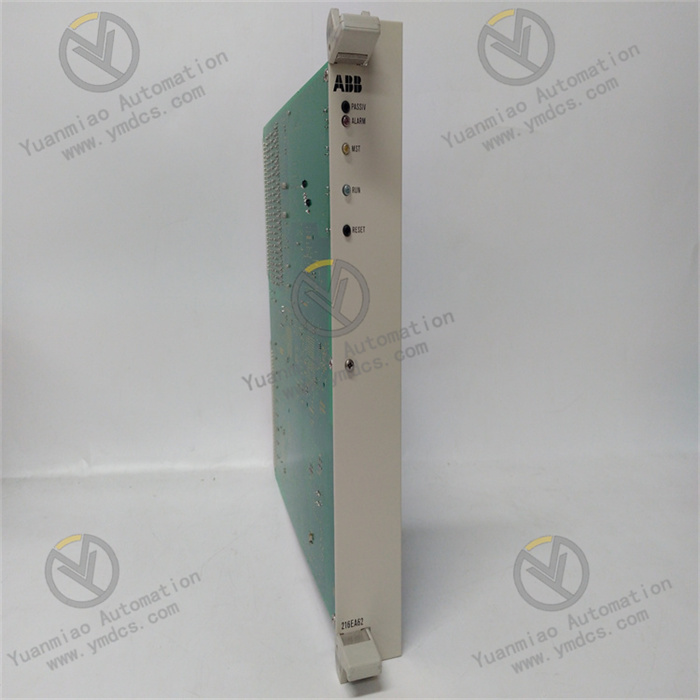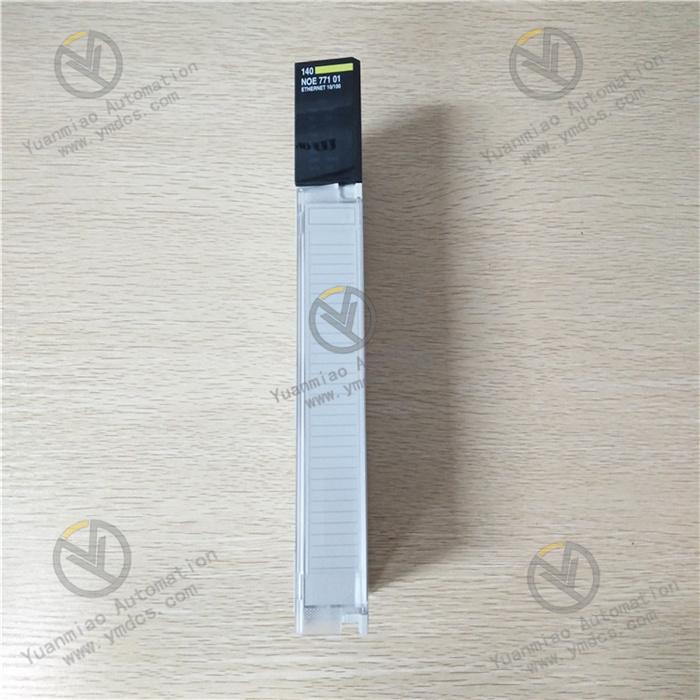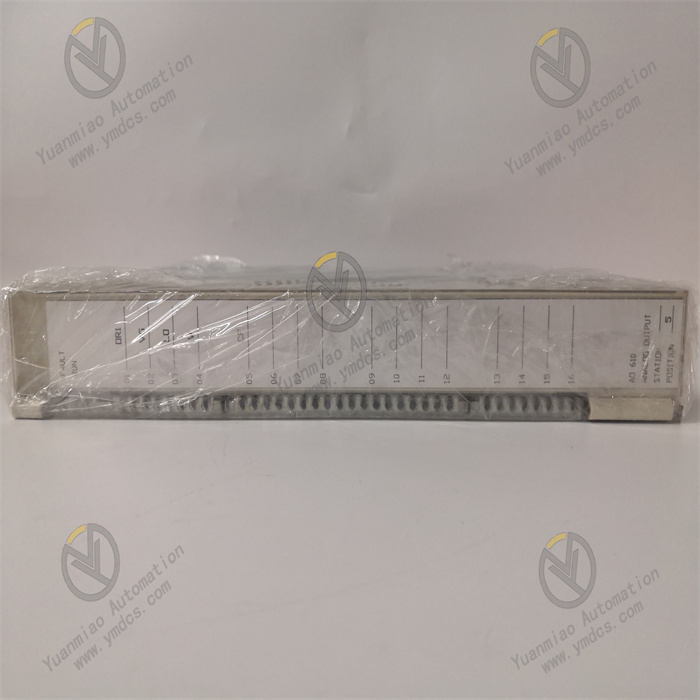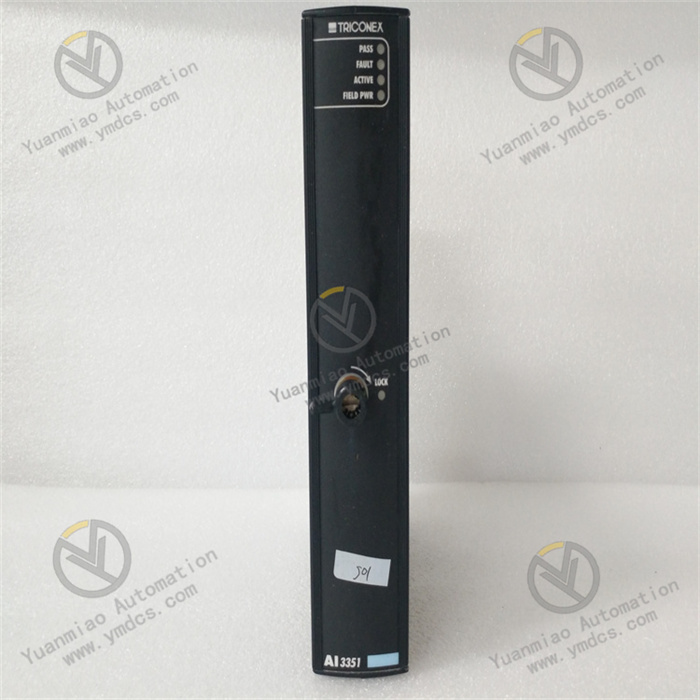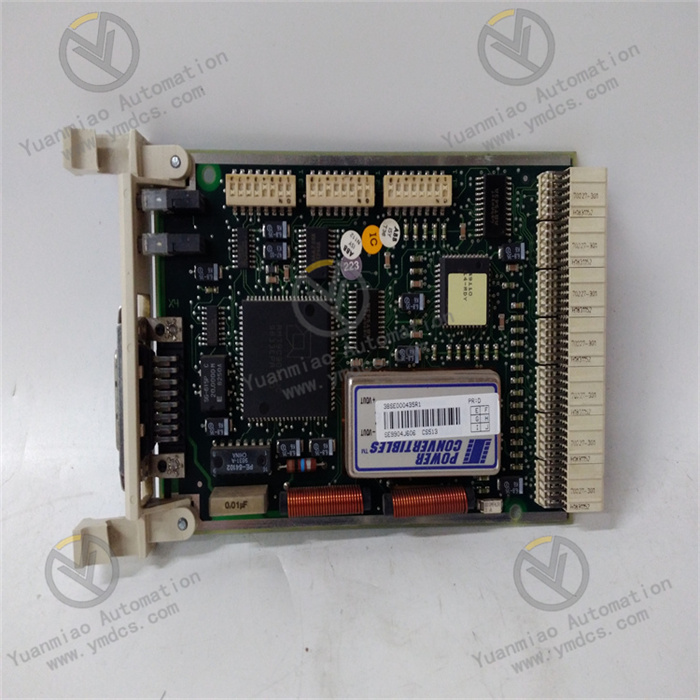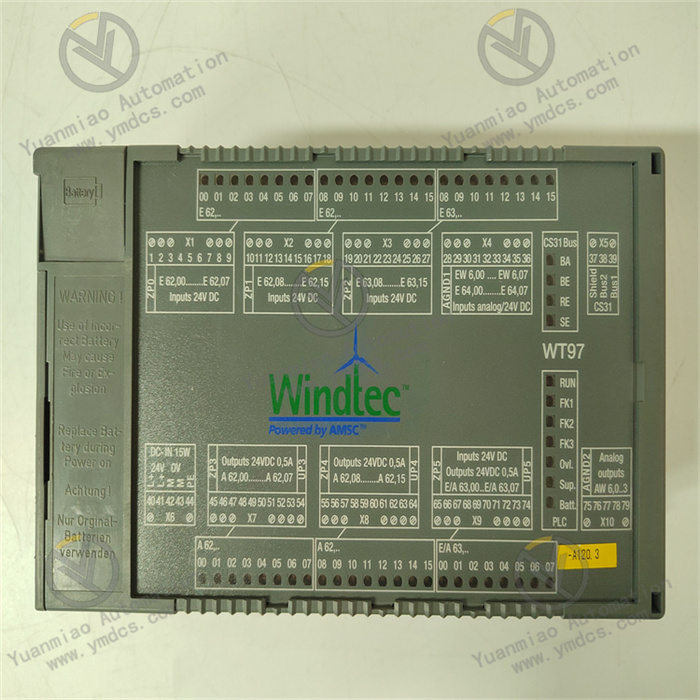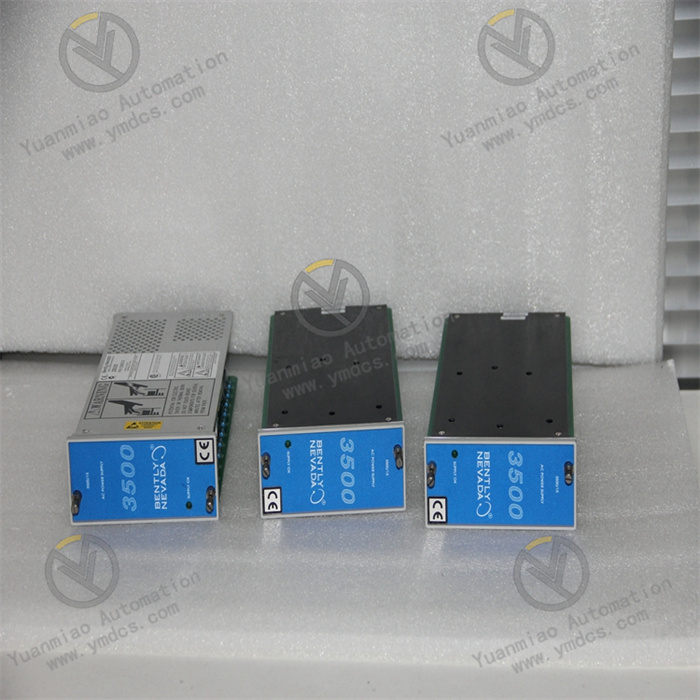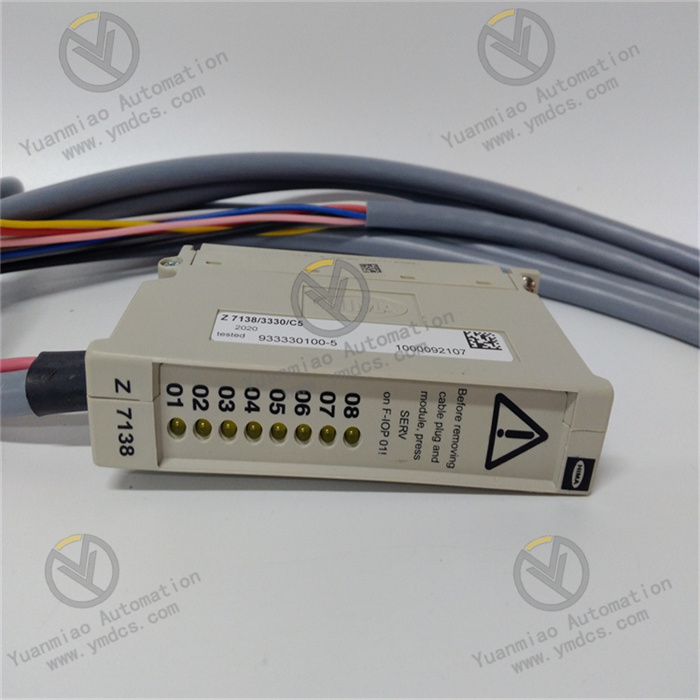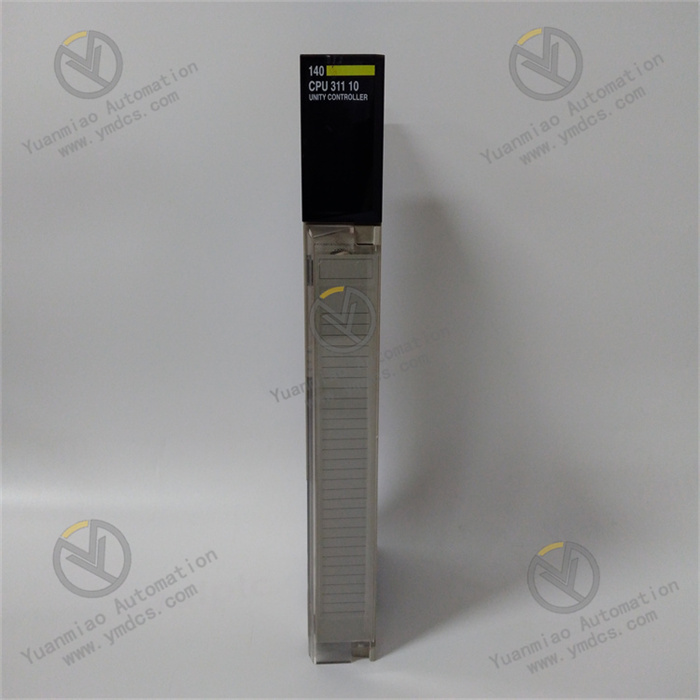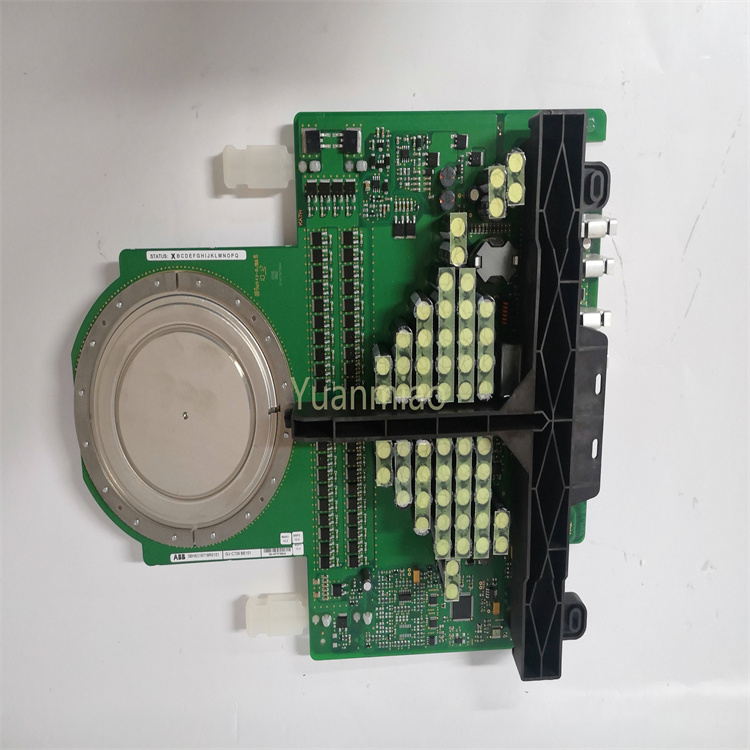Description
Configuration:
• 33MHz MC68040RC33A Processor with Floating-Point Coprocessor
• Second-Generation Petra ASIC Chip
• 512 KB of SRAM on Main Board
• 1 MB of Flash Memory
• (4) IndustryPack Ports
• SCSI/Ethernet Interface
• Serial Port B Interface: EIA-232-D (DCE) Serial Interface Module, Model Number: SIMM06
Features:
• Double-High VME Module
• MC68LC040 or MC68040 Microprocessor
• 1MB, 4MB, or 8MB of Parity-Protected DRAM
• 512KB SRAM
The Emerson / Motorola MVME162 is a double-high VME module equipped with an MC68LC040 or optional MC68040 microprocessor. (The MC68040 microprocessor has a floating-point coprocessor; the MC68LC040 does not.) The MVME162 has 1MB, 4MB, or 8MB of parity-protected DRAM; 512KB SRAM (with battery backup); a TOD clock (with battery backup); an optional LAN Ethernet transceiver interface with DMA, two serial ports (EIA-232-D and EIA-232-D/EIA-530); six tick timers with watchdog timer(s); optional SCSI bus interface with DMA; VMEbus interface (local bus to VMEbus/VMEbus to local bus, with A16/A24/A32, D8/D16/D32 bus widths and a VMEbus system controller).
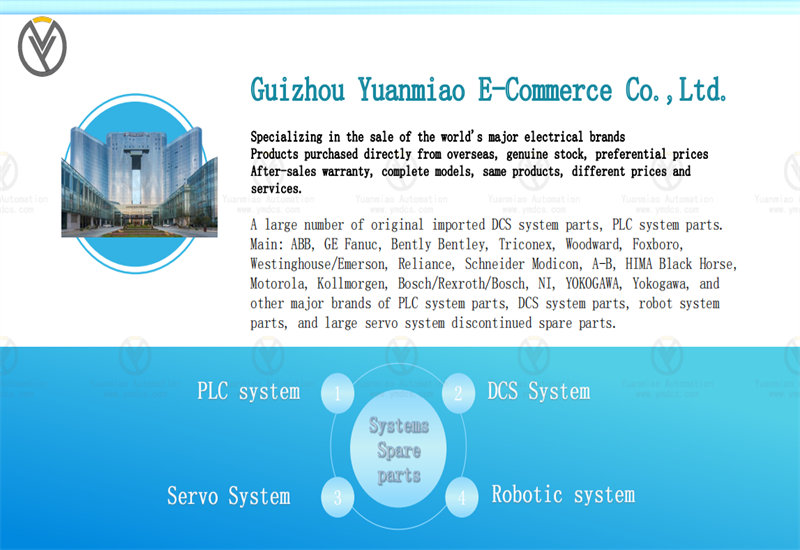
summarize
Embedded controller EC is hanging in the CPU LPC (Low Pin Count) line of an embedded main control chip, the purpose of the embedded controller is to help the computer (mainly notebook) to manage low-speed peripherals, such as touchpad, matrix keyboard, etc., of course, the most important thing is that the computer through the EC to do power management, in the laptop, Power management is particularly important, not only need to control the power supply of the switch, but also control the notebook to wake up after hibernation. EC is like the invisible steward of the computer, playing a vital role in the normal operation of the computer.
Next, let's list what functions of the commercial laptops we use are achieved by EC.
Power on/off sequence control (GPIO);
Power-on and power-off timing control (GPIO);
Switch button (GPIO);
Notebook opening and Closing cover inspection (GPIO);
Power lamp, case lamp, digital lamp control (GPIO);
Charge and discharge control (SMBUS) for notebook batteries;
CPU/GPU/ Mainboard Temperature detection function (SMBUS);
Cooling fan intelligent temperature control (PWM/TACH);
Notebook keyboard (KBC keyboard controller);
Touch pad (PS/2);
Voltage detection (ADC);
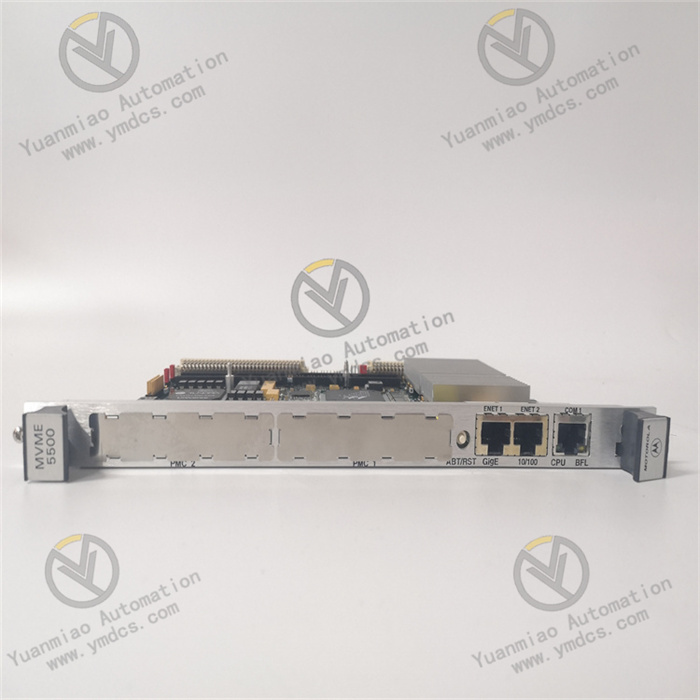
General Purpose I/O Port (GPIO)
The universal I/O port consists of separate register-controlled I/O pins.
In the EC, there are ten groups of universal GPIOs, namely GPIOA-GPIOJ, each group of GPIOs has 8 pins, for a total of 80 pins.
After the EC chip is powered on, the working mode of the 80 pins is first configured in the Reset_Initialization() function after the first reset of the code execution. There are several modes of operation:
Input mode;
Pull-up output mode;
Drop down output mode;
Multiplexing to other working modes (e.g. PWM, ADC, UART, etc.);
In the power-on and power-off sequence control, the GPIO controls the reset of each power supply and device. The EC controls the reset of each power supply and device according to the power-on sequence diagram provided by the CPU manufacturer. The control pins of this part are configured in output mode. The PowerGood signal of each power supply requires the corresponding pin configuration to the input mode.
The control of power lights, upper and lower case lights, and digital lights is also configured with the corresponding pins for output mode.
The on-off button, the opening and closing cover Hall sensor, and the adapter plug-in signal need to be defined as the input mode in the code, and the corresponding event function is added. When the corresponding action occurs, the corresponding control needs to be entered into the event handler function. For example, after the adapter is inserted, it is necessary to control the charge and discharge chip to charge the battery, switch to the adapter to supply power to the laptop, and notify the operating system through the LPC bus.
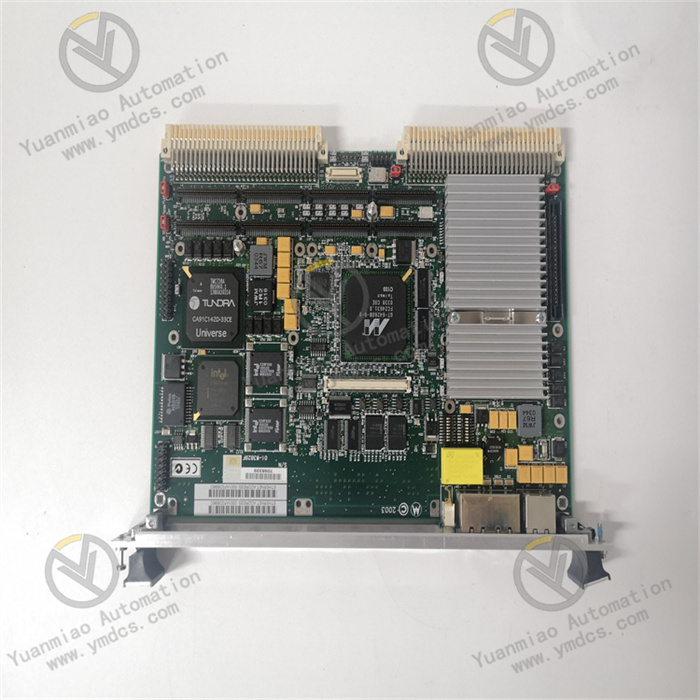
Embedded microprocessor
Compared with general-purpose CPUs, embedded CPUs present a colorful scene, with over 100 types of 32-bit embedded CPUs in the world. Embedded CPUs mostly work in systems designed for specific user groups, with low power consumption, small size, and high integration, which is conducive to the miniaturization, intelligence, and close integration with network applications of embedded controller design.
Embedded operating system
Currently, popular embedded operating systems internationally include Microware OS9, Sun Java OS, Microsoft Windows CE, Windows NT Embedded, and free software RT Linux. China's Kaisi Group has also developed a universal embedded operating system, Hopen, with independent intellectual property rights.
network interface
The network interface provides necessary conditions for the embedded controller to access the network. The network interface is centered around a 32-bit CPU, and the controller completes the control function of the network interface. The communication interface includes RS 232C serial interface, communication protocol repeater interface, network interface, etc.
An Ethernet control network can be constructed using embedded controllers and network interfaces. With the support of distributed network computing platforms, a distributed control network can also be constructed.
Technical points
The operating system platform and network communication platform of embedded controllers are popular open platforms in the world today, laying the foundation for the openness of Ethernet control networks.
The operating system platform for embedded controllers, such as RT Linux, has strong functionality and fast and convenient application software development. The application software developed on the Linux operating system can run directly in the RT Linux environment, which means that developing embedded controller application software does not require a dedicated software development system and tools.
The powerful embedded CPU provides high-performance, high-speed processing capabilities, and flexible expansion methods for embedded controllers.
Supports TCP/IP protocol, making it easy to achieve network interconnection and expansion.
Various networks can be applied as embedded controllers to access the backbone network. These backbone networks have high communication rates, good real-time performance, and support distributed network computing to achieve network collaboration.
Embedded controllers, network interfaces, and distributed network computing platforms not only enable the construction of open and powerful Ethernet control networks, but also facilitate seamless integration of control networks and information networks.
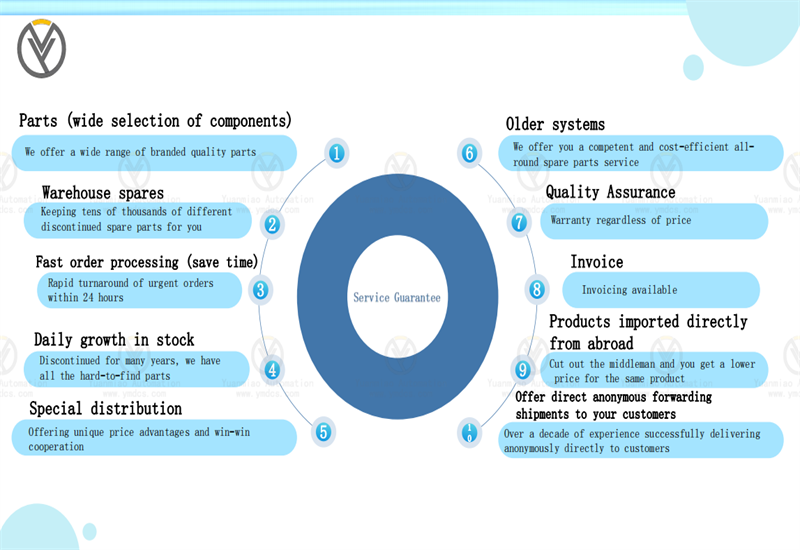
The company focuses on DCS, PLC, robot, large servo four systems
The main products are various modules/cards, controllers, touch screens, servo drivers
Company advantage: Supply imported original products, professional production of spare parts
One year warranty, fast delivery time, complete supply !!!
① 24 hours email response (12 hours);
② For shipment outside Asia, please contact the seller.
Motorola Related Products
| MVME162-322 | MVME162-863 |
| MVME162-333 | MVME162-853 |
| MVME162-353 | MVME147-023 |
| MVME162-403 | MVME147-022 |
| MVME162-411 | MVME147-014 |
| MVME162-413 | MVME147-012 |
| MVME162-430 | MVME147-010 |
| MVME162-431 | MVME162-022 |
【 Disclaimer 】 We sell new products and discontinued products, independent channels to buy such special products. Guizhou Yuanmiao Automation Equipment Co., Ltd. is not an authorized distributor, dealer or representative of the products featured on this website. All product names/product images, trademarks, brands and microlabels used on this Website are the property of their respective owners. Descriptions, depictions or sales of products with such names/images, trademarks, brands and logos are for identification purposes only and do not imply any association or authorization with any rights holder. This article is from the official website of Guizhou Yuanmiao Automation Equipment Co., LTD. Please attach this link:http://www.ymdcs.com/Motorola/


